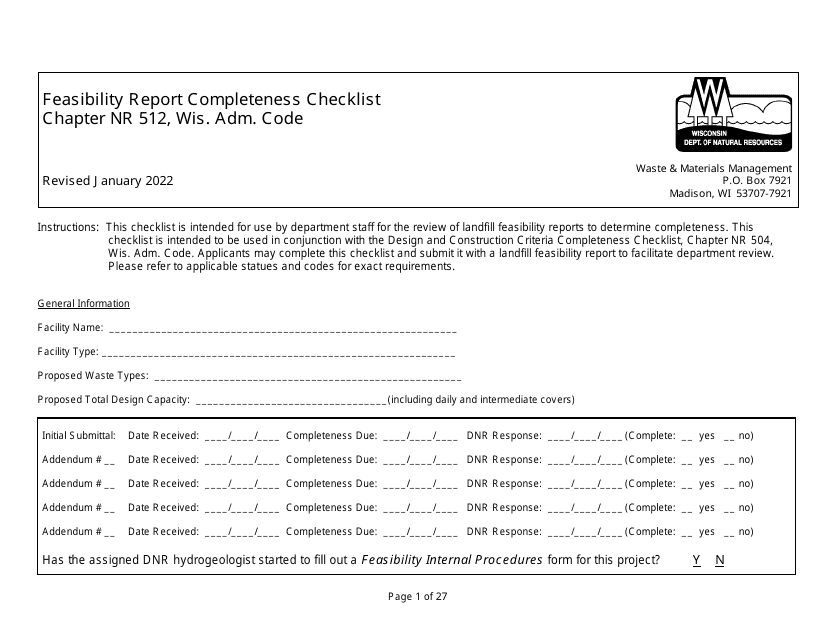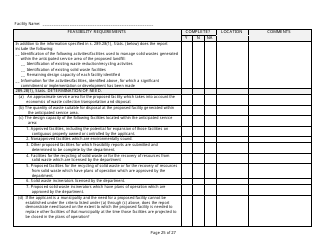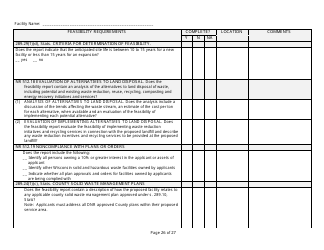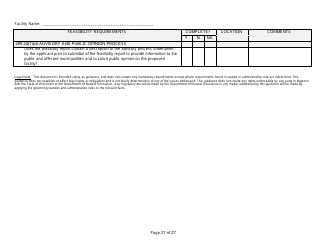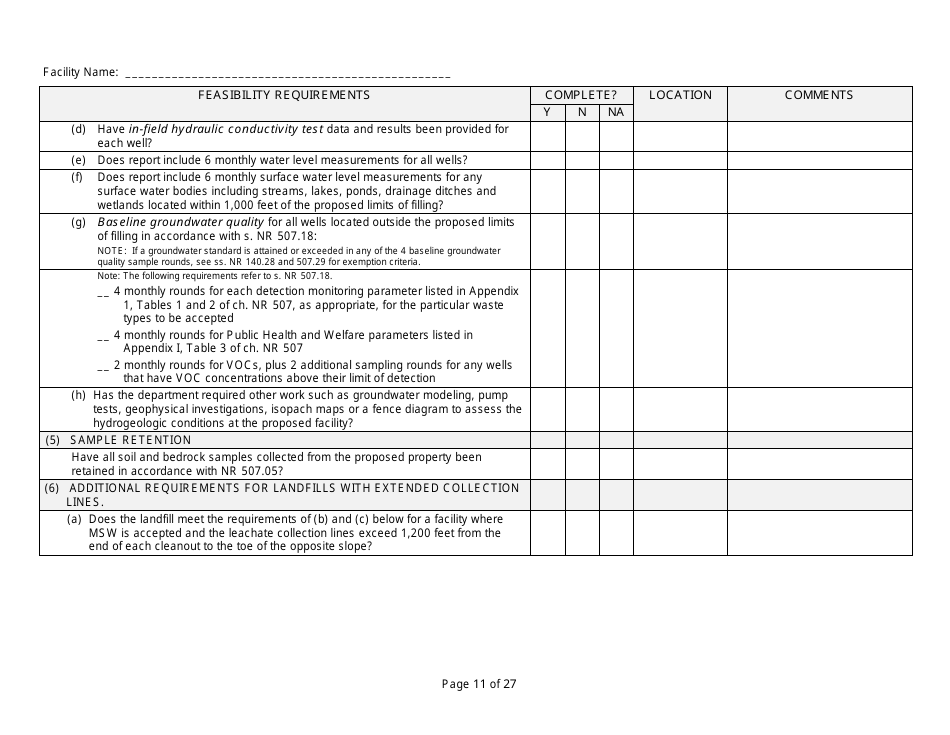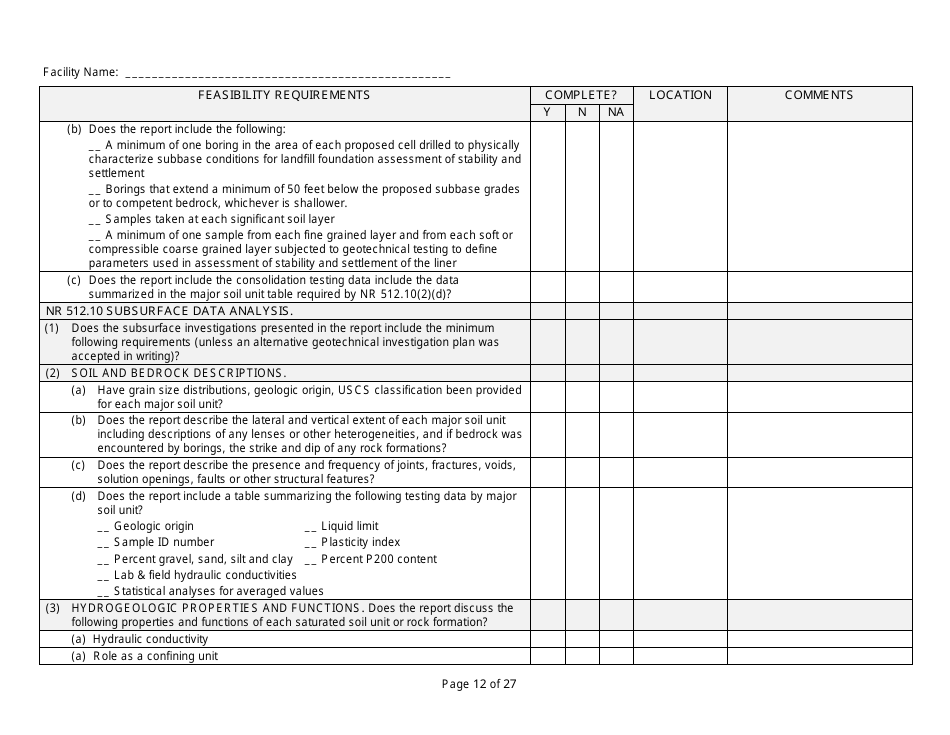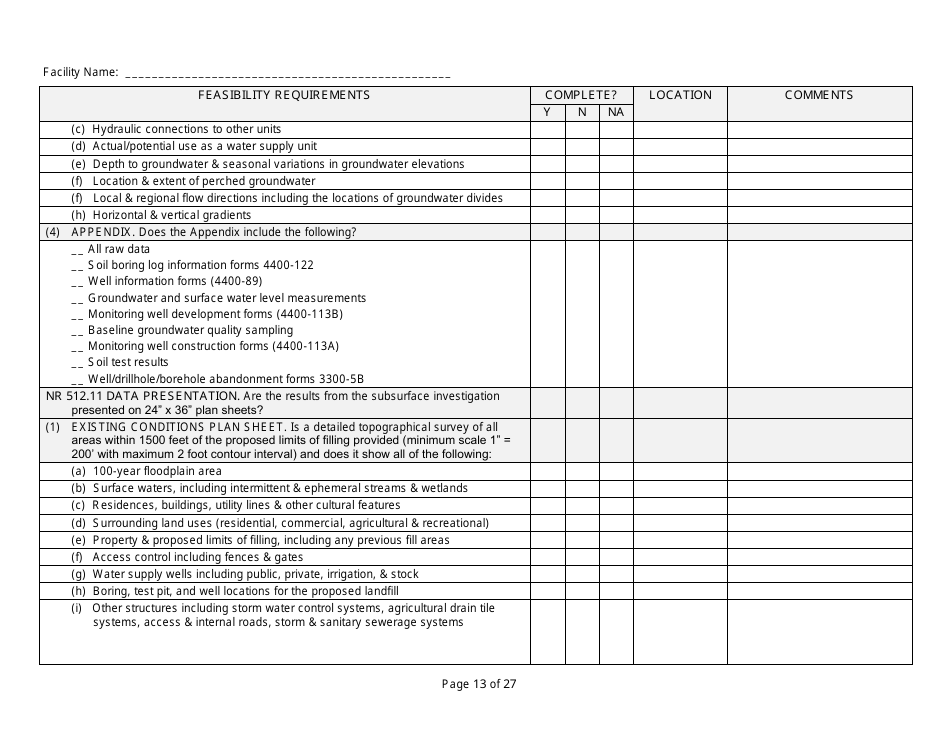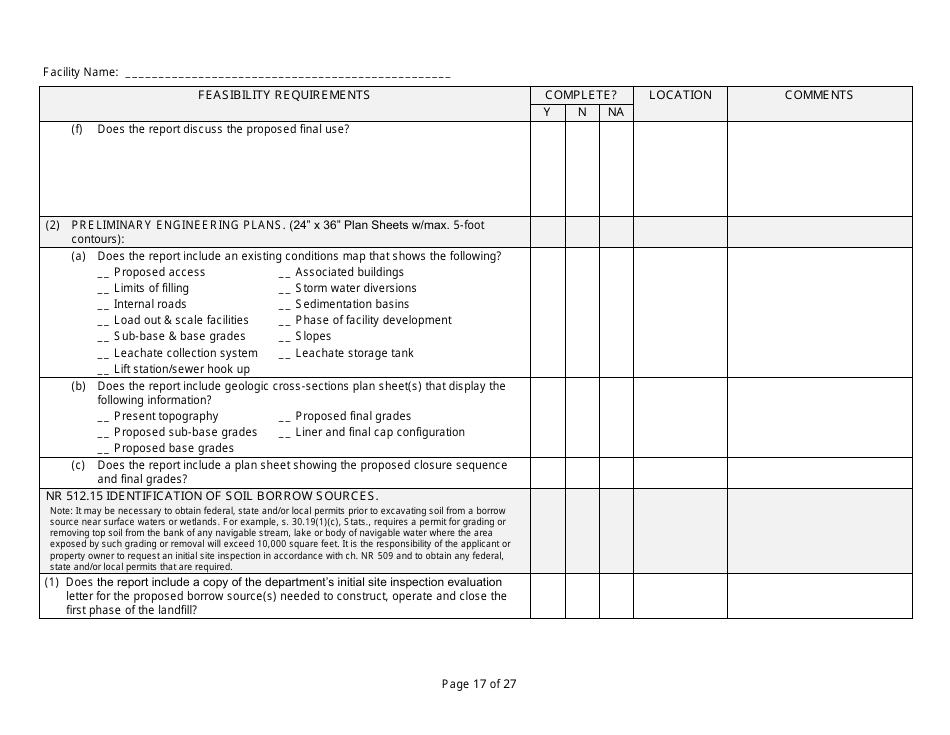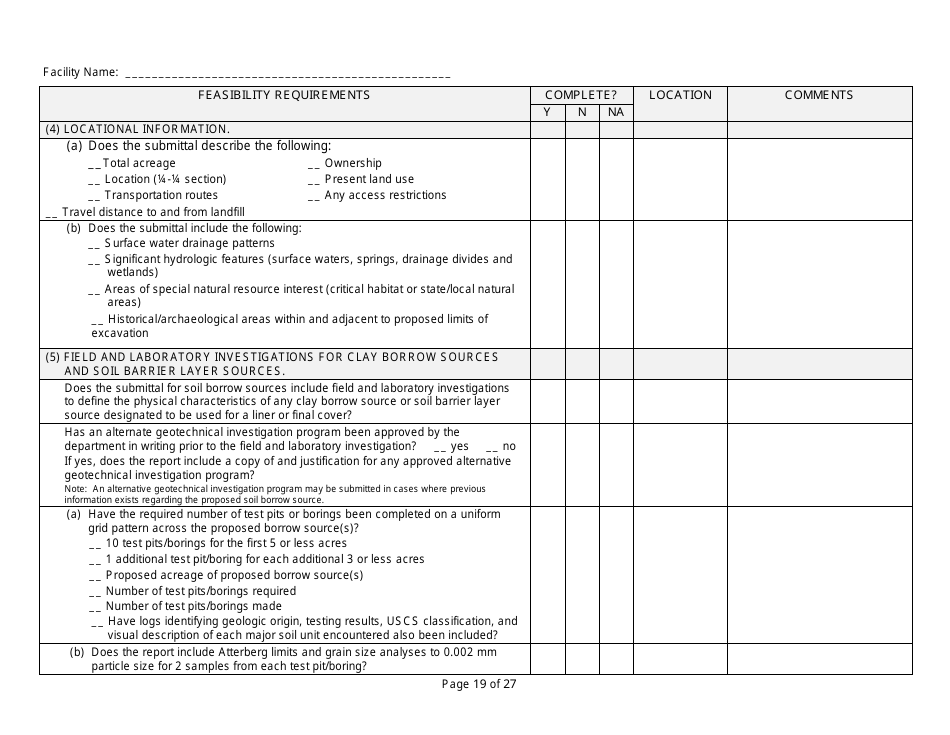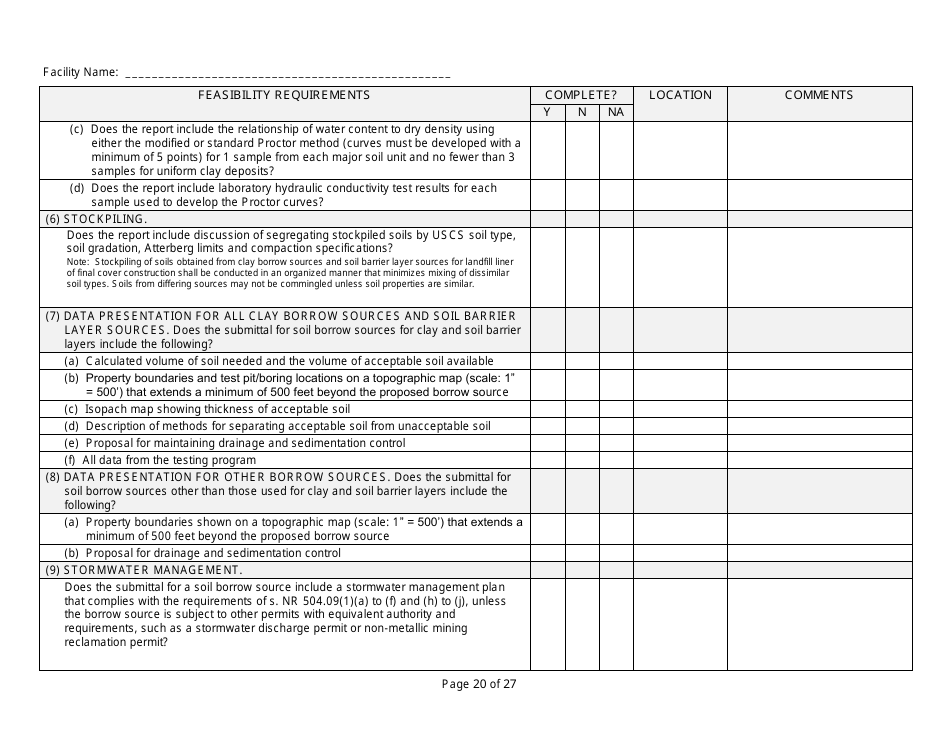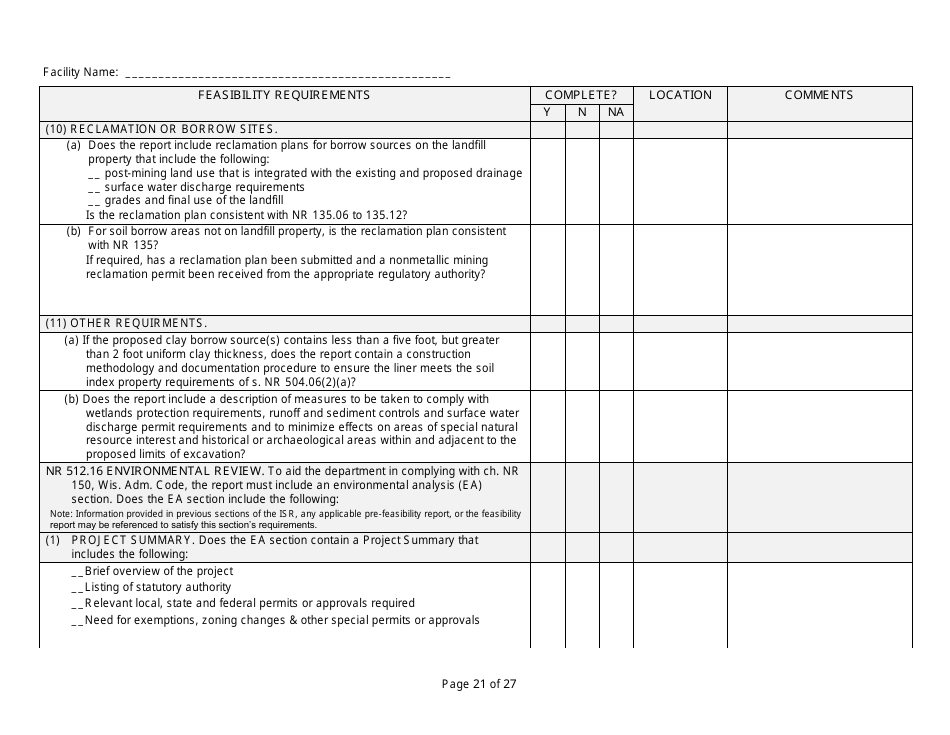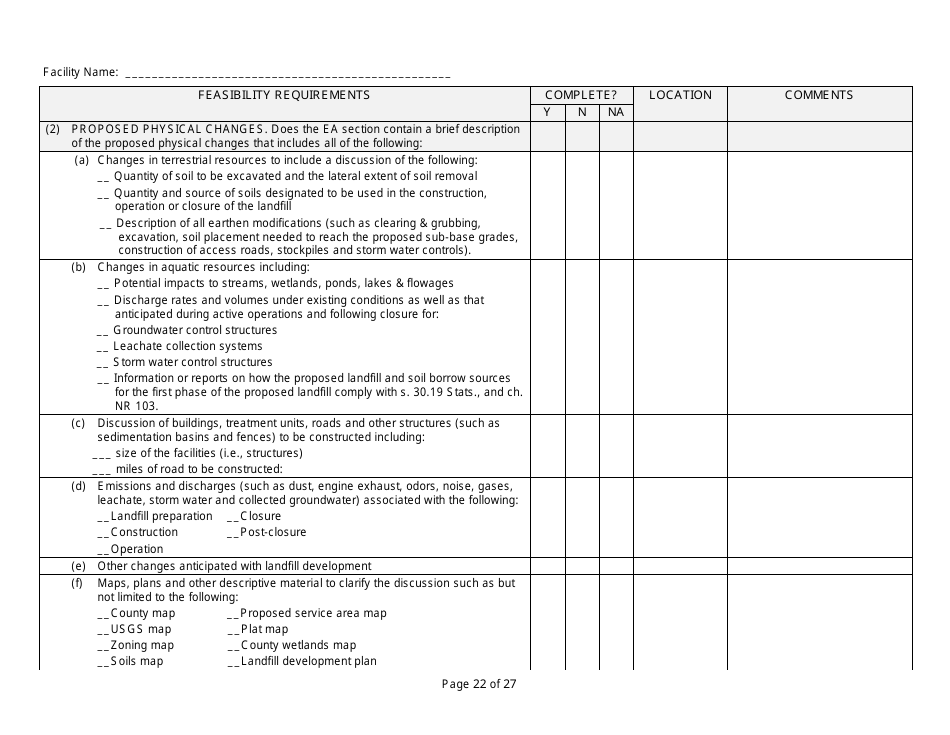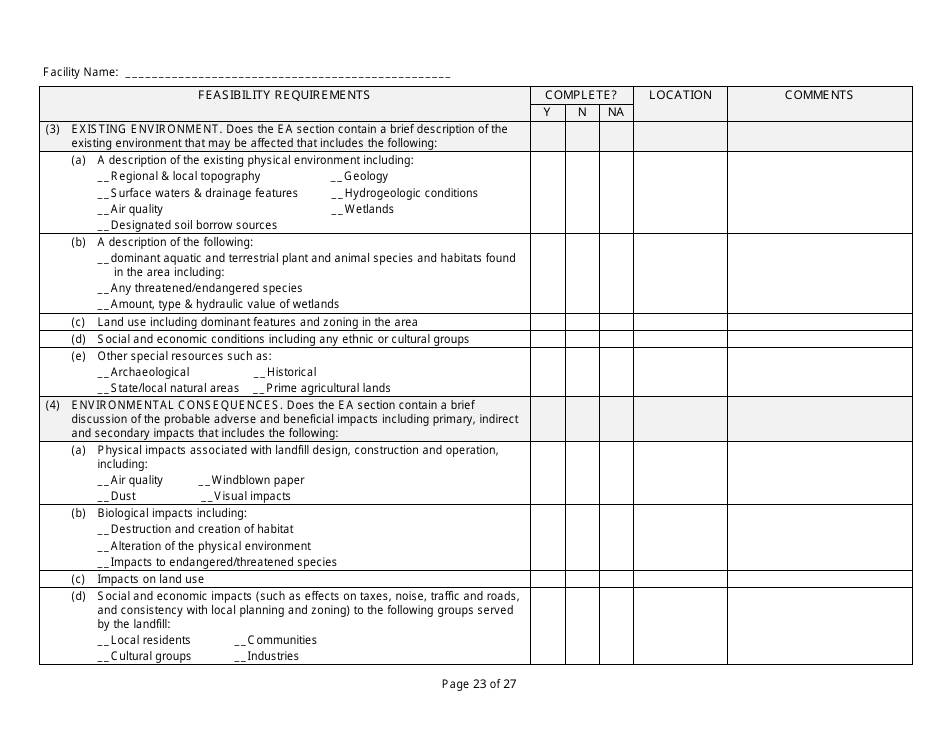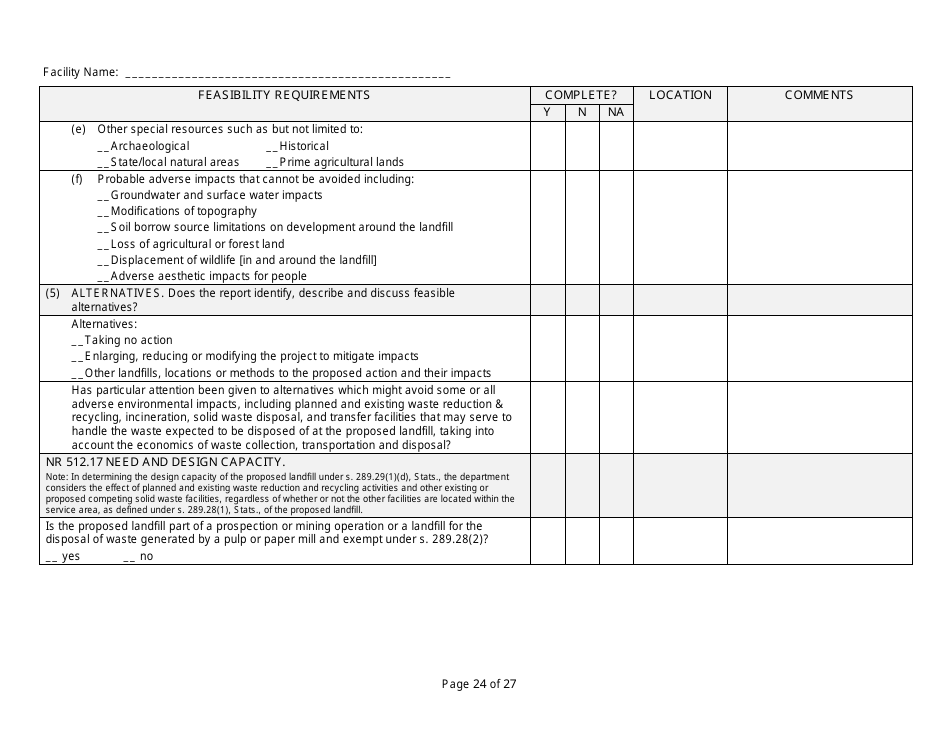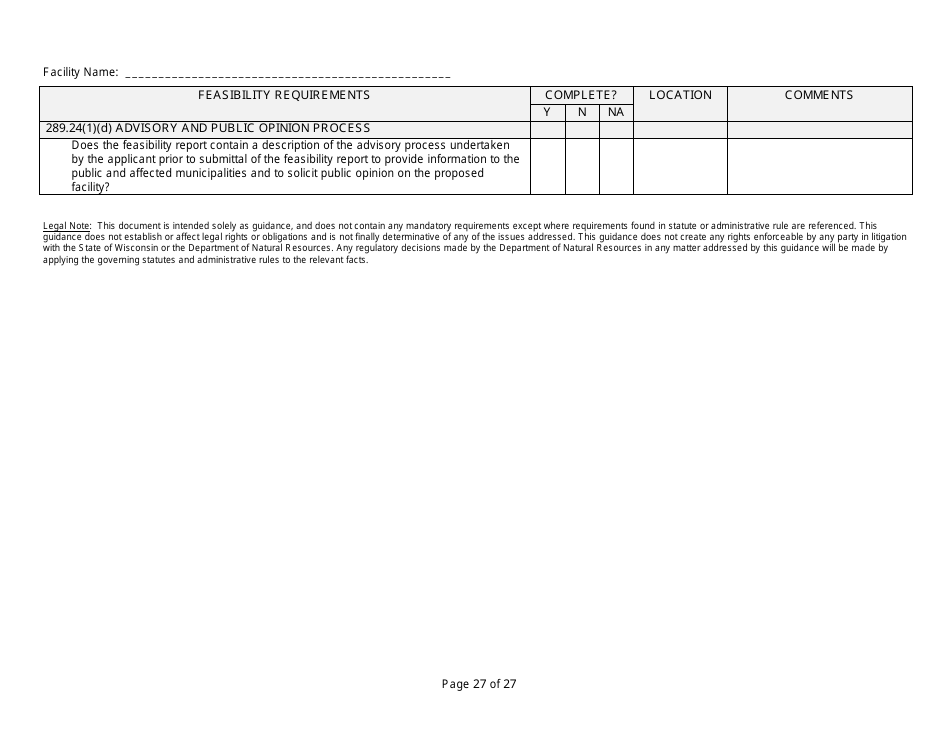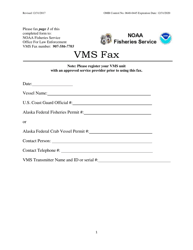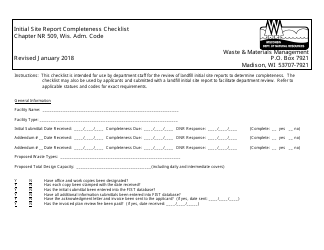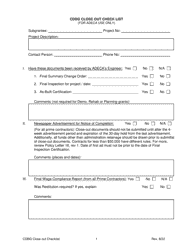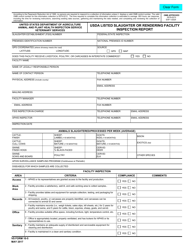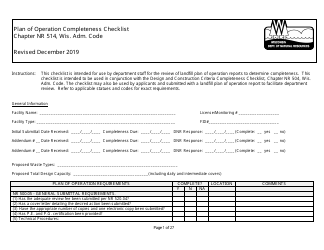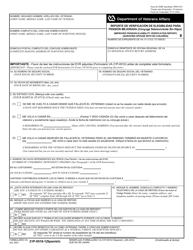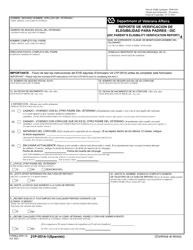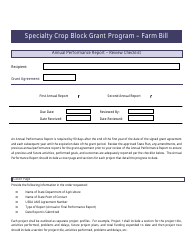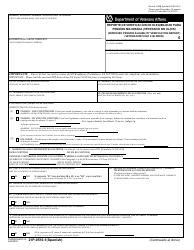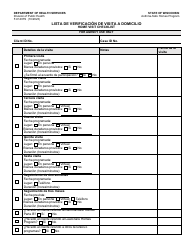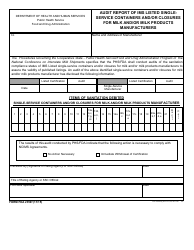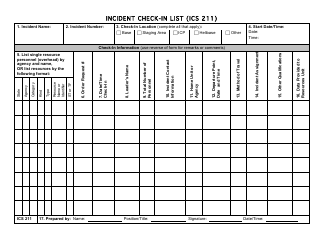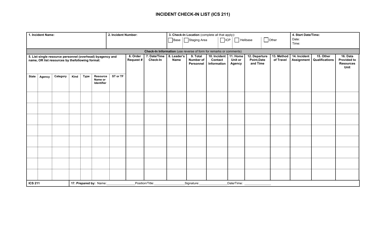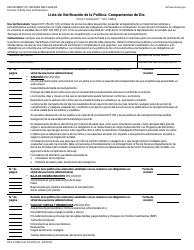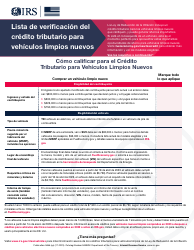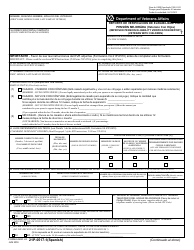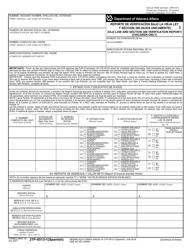Feasibility Report Completeness Checklist - Wisconsin
Feasibility Report Completeness Checklist is a legal document that was released by the Wisconsin Department of Natural Resources - a government authority operating within Wisconsin.
FAQ
Q: What is a feasibility report?
A: A feasibility report is a document that examines the viability and practicality of a project or idea.
Q: Why is a feasibility report important?
A: A feasibility report helps determine if a project is worth pursuing by evaluating factors such as cost, resources, and potential risks.
Q: What does a feasibility report include?
A: A feasibility report typically includes an introduction, project description, market analysis, cost analysis, resource assessment, and conclusion.
Q: What is the purpose of a completeness checklist?
A: A completeness checklist ensures that all necessary components are included in a feasibility report.
Q: What are some common components of a completeness checklist?
A: Common components of a completeness checklist include an executive summary, tables and graphs, supporting data, and references.
Q: How can a completeness checklist be used?
A: A completeness checklist can be used as a tool to review and ensure that all required information is present in a feasibility report.
Q: Who uses a feasibility report?
A: Feasibility reports are used by businesses, organizations, and individuals to assess the viability of a project or idea before making a decision to proceed.
Q: What are the benefits of using a completeness checklist?
A: Using a completeness checklist helps ensure that a feasibility report is thorough, accurate, and provides a comprehensive evaluation of a project's feasibility.
Q: Are completeness checklists specific to Wisconsin?
A: No, completeness checklists are not specific to Wisconsin and can be used in any location to ensure the completeness of a feasibility report.
Form Details:
- Released on January 1, 2022;
- The latest edition currently provided by the Wisconsin Department of Natural Resources;
- Ready to use and print;
- Easy to customize;
- Compatible with most PDF-viewing applications;
- Fill out the form in our online filing application.
Download a printable version of the form by clicking the link below or browse more documents and templates provided by the Wisconsin Department of Natural Resources.
